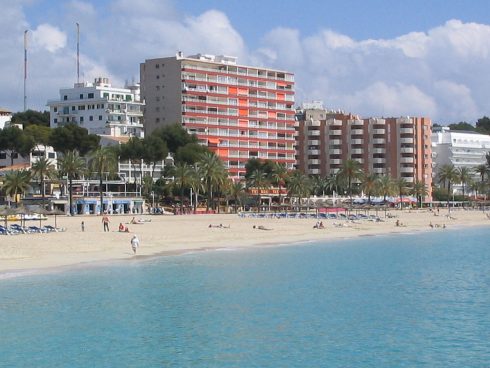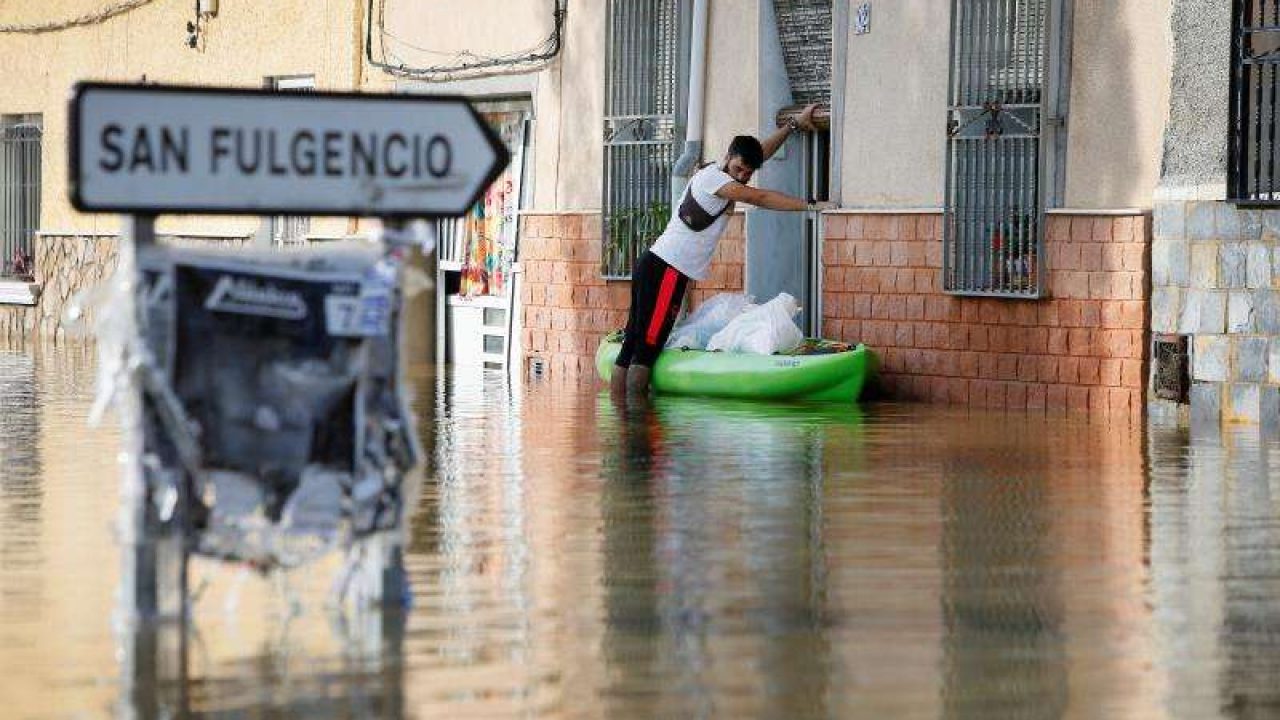AN alarming 40% of the Spanish coastline is at ‘a high risk’ of flooding from heavy storms and future ‘gota frias’ or cold drops.
A report from Spain’s Sustainability Observatory reveals that areas with recent and substantial urbanisation are most vulnerable.
This includes many parts of the Costa del Sol and Costa Blanca, where 12 and 11 towns respectively are particularly at risk.
It comes as the storm season – which left a number of people dead last year in Spain – is set to begin.

According to the report, coastal municipalities since the 1950s have been transformed from rural undeveloped regions to large tourist resorts that have a negative impact on the local ecosystem.
Some 48 localities out of the 50 studied in the report had seen excessive construction for tourist use, mainly in the form of homes, hotels and golf courses.
Flooding after storms is generally caused by ‘a lack of suitable drainage, because traditional floodplains have been built on without planning’.
Also, man-made storm drains are often badly maintained and easily clog up with flora and other detritus.
The report looked at the ‘most artificial municipalities’ on the coast, with 10 each in the Canary Islands and the Balearics, two in Catalunya and five in Galicia, plus the ones in Valencia and Andalucia.
Marbella on the Costa del Sol was highlighted as the most urbanised, with the report claiming it is the ‘most impacted by intensive tourism in Spain’.

Next are Calvia, in Mallorca, Denia, on the Costa Blanca, Estepona, on the Costa del Sol, and Puerto del Rosario, in Las Palmas, in the Canaries.
In terms of development close to the shoreline (under 500 metres) Benicassim (in Castellon) is the worst offender with 82% of its coastline developed for tourist purposes.

Also criticised are Orihuela Costa, Mijas, Torrevieja and Benalmadena.
The proliferation of golf courses was also pointed out in the Observatory’s findings.
It claimed that the construction of greens and fairways has far exceeded the land area used for public parks and playgrounds.

The report warns that most of the towns analysed have a ‘risky’ economic model because they have ‘prioritised tourism in favour of agriculture’.
One extreme recommendation is that affected areas should be ‘given back to the sea’, meaning that urbanised areas would be razed to the ground up to 500 metres from the coast.
More tenable options include financial incentives for municipalities to avoid further coastal urbanisation and the implementation of more protected areas.
Last September, a serious gota fria left large parts of the Costa Blanca’s Vega Baja region underwater, killing seven people and causing millions of euros of devastation.
Click here to read more News from The Olive Press.








